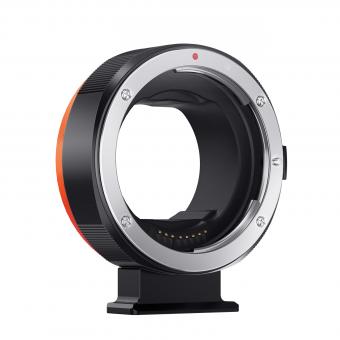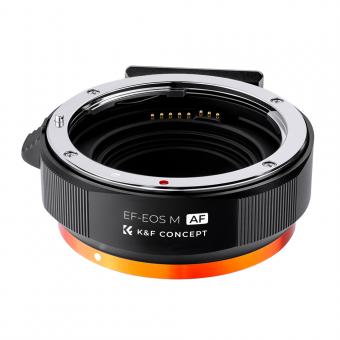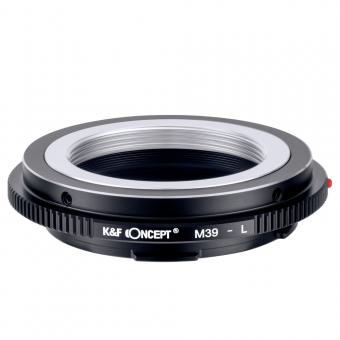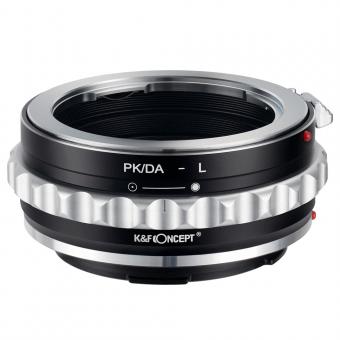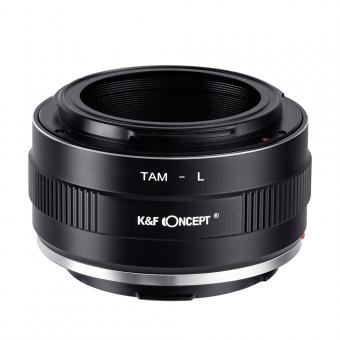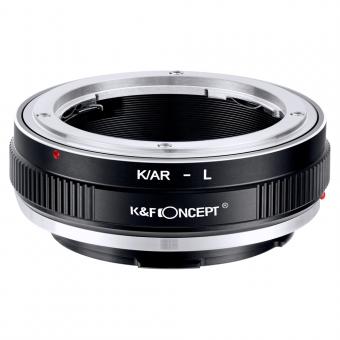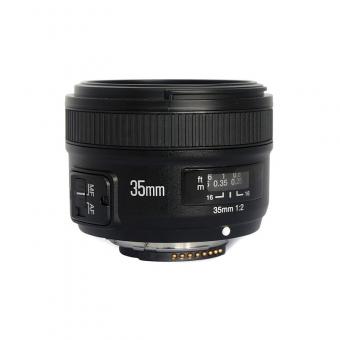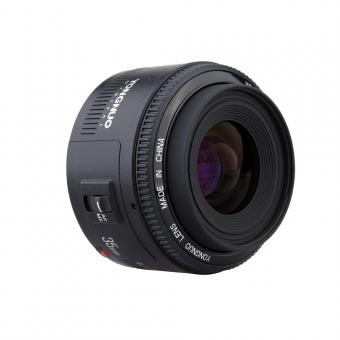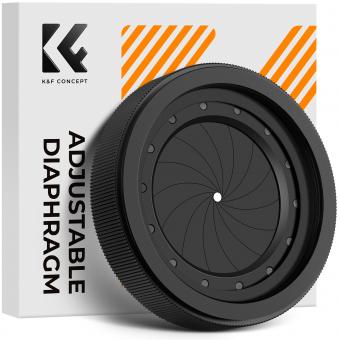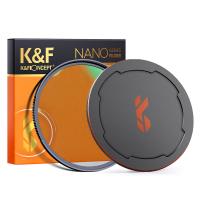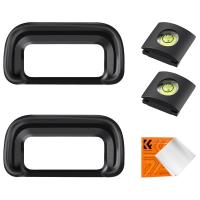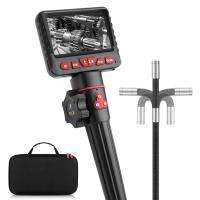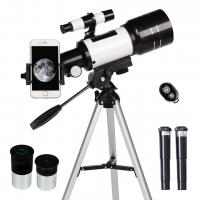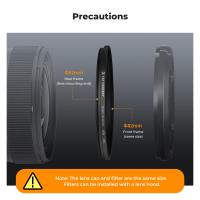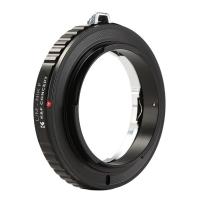What Is Numerical Aperture In Microscope ?
Numerical aperture (NA) is a measure of the ability of an optical system, such as a microscope, to gather and resolve fine details of an object being observed. It is defined as the product of the refractive index of the medium between the object and the lens and the sine of the half-angle of the maximum cone of light that can enter the lens. The higher the numerical aperture, the greater the resolving power of the microscope, meaning it can distinguish smaller details in the object being observed. Numerical aperture is an important parameter in microscopy, as it determines the maximum resolution that can be achieved with a given lens and illumination system. It is commonly used to compare the performance of different microscope objectives and to select the appropriate objective for a particular application.
1、 Definition of numerical aperture

What is numerical aperture in microscope?
Numerical aperture (NA) is a measure of the ability of an optical system, such as a microscope, to gather and resolve fine details of an object being observed. It is defined as the product of the refractive index of the medium between the object and the lens and the sine of the half-angle of the maximum cone of light that can enter the lens. In simpler terms, it is a measure of the light-gathering ability of the lens.
A higher numerical aperture means that the lens can gather more light and resolve finer details of the object being observed. This is important in microscopy, where the ability to see fine details is crucial. The numerical aperture of a microscope objective is typically printed on the barrel of the lens.
In recent years, there has been a growing interest in developing high numerical aperture lenses for use in super-resolution microscopy techniques, such as stimulated emission depletion (STED) microscopy and structured illumination microscopy (SIM). These techniques rely on the ability of the lens to gather and focus light to a very small point, allowing for the visualization of structures that were previously too small to be resolved by conventional microscopy. As a result, numerical aperture has become an increasingly important parameter in the design and development of advanced microscopy techniques.
2、 Calculation of numerical aperture

What is numerical aperture in microscope?
Numerical aperture (NA) is a measure of the ability of an optical system, such as a microscope, to gather and resolve fine details of a specimen. It is defined as the product of the refractive index of the medium between the specimen and the objective lens and the sine of the half-angle of the maximum cone of light that can enter the objective lens. In simpler terms, it is a measure of the light-gathering ability of the lens and its ability to resolve fine details.
Calculation of numerical aperture:
The numerical aperture can be calculated using the following formula:
NA = n sin θ
Where n is the refractive index of the medium between the specimen and the objective lens, and θ is the half-angle of the maximum cone of light that can enter the objective lens.
The numerical aperture is an important parameter in microscopy as it determines the resolution and depth of field of the microscope. A higher numerical aperture means that the microscope can resolve finer details and has a shallower depth of field. This is important in biological imaging, where fine details such as subcellular structures need to be resolved.
In recent years, there has been a growing interest in developing super-resolution microscopy techniques that can overcome the diffraction limit of light and achieve resolutions beyond the traditional limits of optical microscopy. These techniques often rely on high numerical aperture objectives and specialized imaging modalities to achieve their high resolutions.
3、 Importance of numerical aperture in microscopy

What is numerical aperture in microscope?
Numerical aperture (NA) is a measure of the ability of an optical system, such as a microscope, to gather and resolve fine details of an object being observed. It is defined as the product of the refractive index of the medium between the object and the lens and the sine of the half-angle of the cone of light entering the lens.
Importance of numerical aperture in microscopy:
Numerical aperture is a critical parameter in microscopy as it determines the resolving power and depth of field of the microscope. A higher numerical aperture allows for better resolution and a larger depth of field, which is important for imaging thick specimens. It also determines the amount of light that can be collected by the objective lens, which affects the brightness and contrast of the image.
In recent years, numerical aperture has become even more important in microscopy with the development of super-resolution techniques such as structured illumination microscopy (SIM) and stimulated emission depletion (STED) microscopy. These techniques rely on high numerical aperture objectives to achieve resolutions beyond the diffraction limit of light.
Furthermore, numerical aperture is also important in the development of new imaging modalities such as light-sheet microscopy and adaptive optics microscopy. These techniques require specialized objectives with high numerical apertures to achieve high-resolution imaging of large specimens or to correct for aberrations in the imaging system.
In summary, numerical aperture is a fundamental parameter in microscopy that determines the resolving power, depth of field, and brightness of the image. Its importance has only increased with the development of new imaging techniques that require high numerical aperture objectives to achieve super-resolution and correct for aberrations.
4、 Factors affecting numerical aperture

What is numerical aperture in microscope?
Numerical aperture (NA) is a measure of the ability of an optical system, such as a microscope, to gather and resolve fine details of an object being observed. It is defined as the product of the refractive index of the medium between the object and the lens and the sine of the half-angle of the cone of light entering the lens.
In simpler terms, numerical aperture determines the amount of light that can enter the microscope and the ability of the microscope to distinguish between two closely spaced objects. A higher numerical aperture means that the microscope can capture more light and produce a clearer image with greater detail.
Factors affecting numerical aperture:
1. Lens design: The design of the lens, including its shape and curvature, can affect the numerical aperture of the microscope. Lenses with a larger diameter and shorter focal length tend to have a higher numerical aperture.
2. Refractive index of the medium: The refractive index of the medium between the object and the lens can affect the numerical aperture. A higher refractive index means that more light can be captured by the lens, resulting in a higher numerical aperture.
3. Wavelength of light: The wavelength of light used in the microscope can also affect the numerical aperture. Shorter wavelengths, such as blue light, can produce a higher numerical aperture than longer wavelengths, such as red light.
4. Aberrations: Aberrations in the lens, such as spherical aberration or chromatic aberration, can reduce the numerical aperture of the microscope.
5. Latest point of view: Recent advancements in microscope technology have led to the development of super-resolution microscopy techniques, such as stimulated emission depletion (STED) microscopy and structured illumination microscopy (SIM). These techniques use specialized lenses and light sources to achieve a higher numerical aperture and produce images with even greater detail and resolution.


